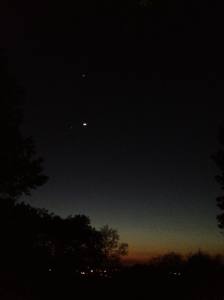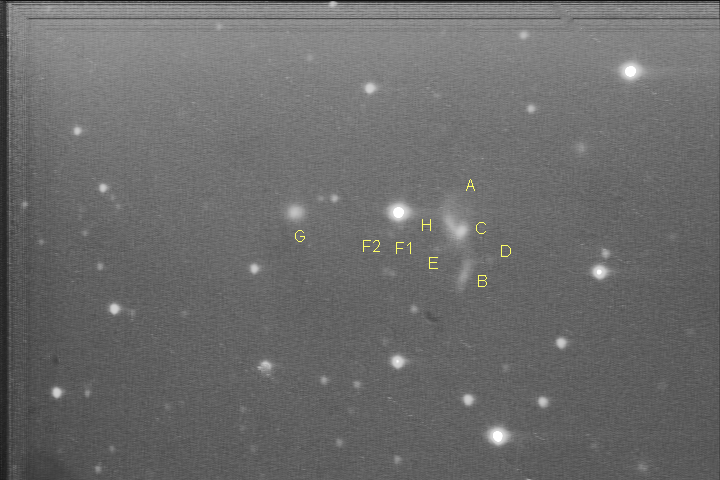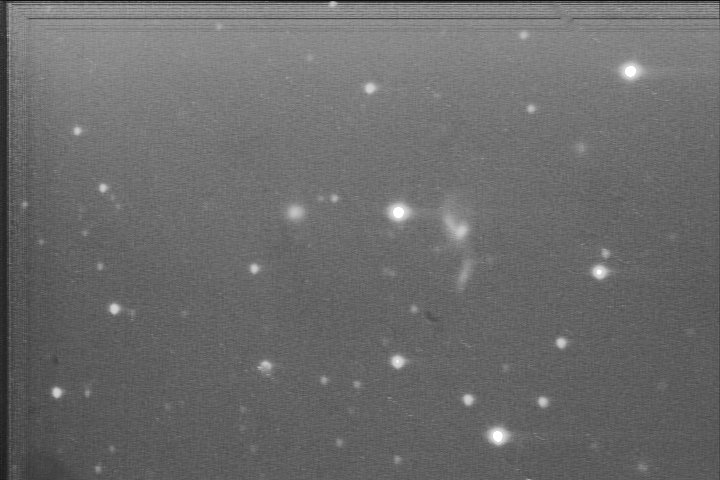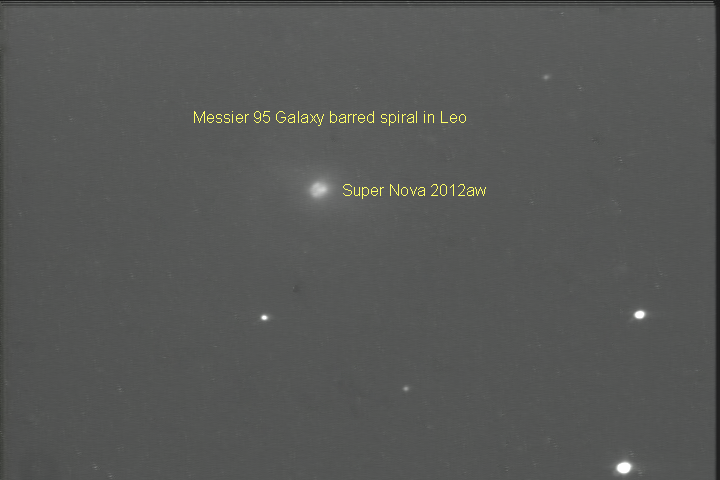 Our 21 inch captured the recent supernova in Messier 95, Jeff Delmas did the video and Doug Horacek did the post processing. The supernova is right in the center right of the bright part of the galaxy. The video was from the Stellacam II and the Swanson 21 inch. Taken on the evening of 28 April 2012 at 21:30 CDT or 2:30 UT on 29 April 2012.
Our 21 inch captured the recent supernova in Messier 95, Jeff Delmas did the video and Doug Horacek did the post processing. The supernova is right in the center right of the bright part of the galaxy. The video was from the Stellacam II and the Swanson 21 inch. Taken on the evening of 28 April 2012 at 21:30 CDT or 2:30 UT on 29 April 2012.
 This picture of Saturn was taken with a 3X barlow and one neutral density filter and one yellow filter. Taken on the evening of 28 April 2012 23:30 CDT or 4:30 UT on the 29 April 2012. Jeff Delmas took the Video Frank Schenck did most of the post processing and Doug Horacek put the finishing touches with gamma, histogram, brightness and contrast.
This picture of Saturn was taken with a 3X barlow and one neutral density filter and one yellow filter. Taken on the evening of 28 April 2012 23:30 CDT or 4:30 UT on the 29 April 2012. Jeff Delmas took the Video Frank Schenck did most of the post processing and Doug Horacek put the finishing touches with gamma, histogram, brightness and contrast.
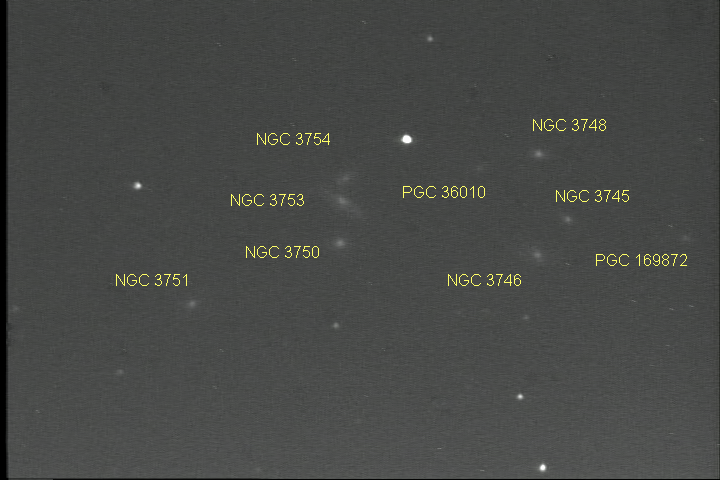 Here is Copeland’s Septet from 11 March 2011, faint galaxies, the field of view showed 9 of 11 faint galaxies, some as dim as 13 or 14 magnitude. This group of galaxies is 480 million light years away. It is located near star 92 in the constellation Leo above the tail of the lion, Zosma and Chertan, and Denebola.
Here is Copeland’s Septet from 11 March 2011, faint galaxies, the field of view showed 9 of 11 faint galaxies, some as dim as 13 or 14 magnitude. This group of galaxies is 480 million light years away. It is located near star 92 in the constellation Leo above the tail of the lion, Zosma and Chertan, and Denebola.
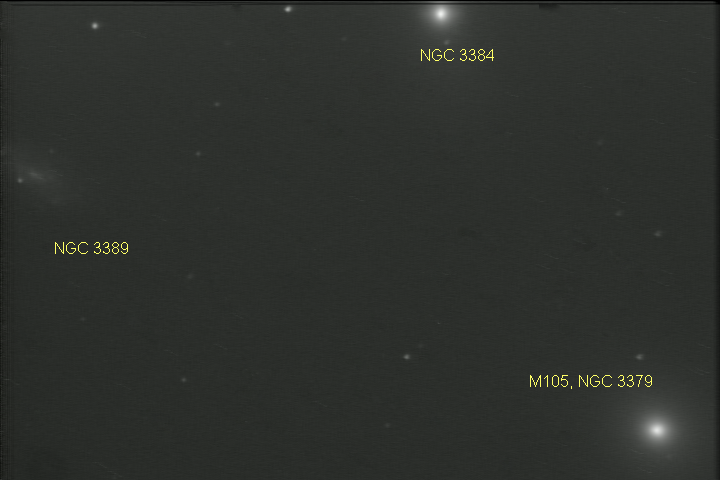
These three galaxies were used to determine the field of view of our camera, the dimensions of the field of view are 6 arcminutes in the vertical direction and 10 arc minutes in the horizontal direction. These three galaxies were captured by Mimmo Demartino and Doug Horacek on the evening of 12 April 2012 about 22:00 CDT or 3:00 UT on 13 April 2012. These three galaxies are in the constellation Leo near the heart of the Lion, Regulus.
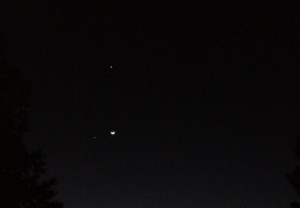
This shot was magnified and cropped to better show Jupiter, the Moon, and Venus above.
On the evening of 25 March 2012 the Crescent Moon passed close to Jupiter in the sky and above was the planet Venus. Jeff Delmas captured this view with his CCD camera. On the evening of 26 March 2012 the Moon was even with Venus and Jupiter shined below the Moon and Venus. Click on the picture to get a better View
Comet Garradd moving past a star in Ursa Minor using the 21 inch Swanson March 6, 2012.
Hickson 31 is a group of Galaxies in the Constellation Eridanus near the bright star Rigel in Orion. It is one of the most Luminous Wolf-Rayet Galaxies in the night sky. It is 166 million light years away and 150 thousand light years in extent. Hickson 31 consists of NGC 1741 A-H including F1 and F2. The cluster of galaxies form a V, the brightest one in the center is NGC 1741 C, the branching galaxy attached to C in NGC 1741 A the dimmer one with a little space, the other part of the V is NGC 1741 B and the dim galaxy below the V, just above is NGC 1741 B is NGC 1741 D. Just below NGC 1741 C are NGC 1741 E and if you look closely NGC 1741 H, and below the bright star are NGC 1741 F1 and F2 and the Larger galaxy to the left of the bright star in NGC 1741 G which is also IC 399. Note below the galaxy C is realy to the left of galaxy C. The Bright star is to the left of the brightest group.
